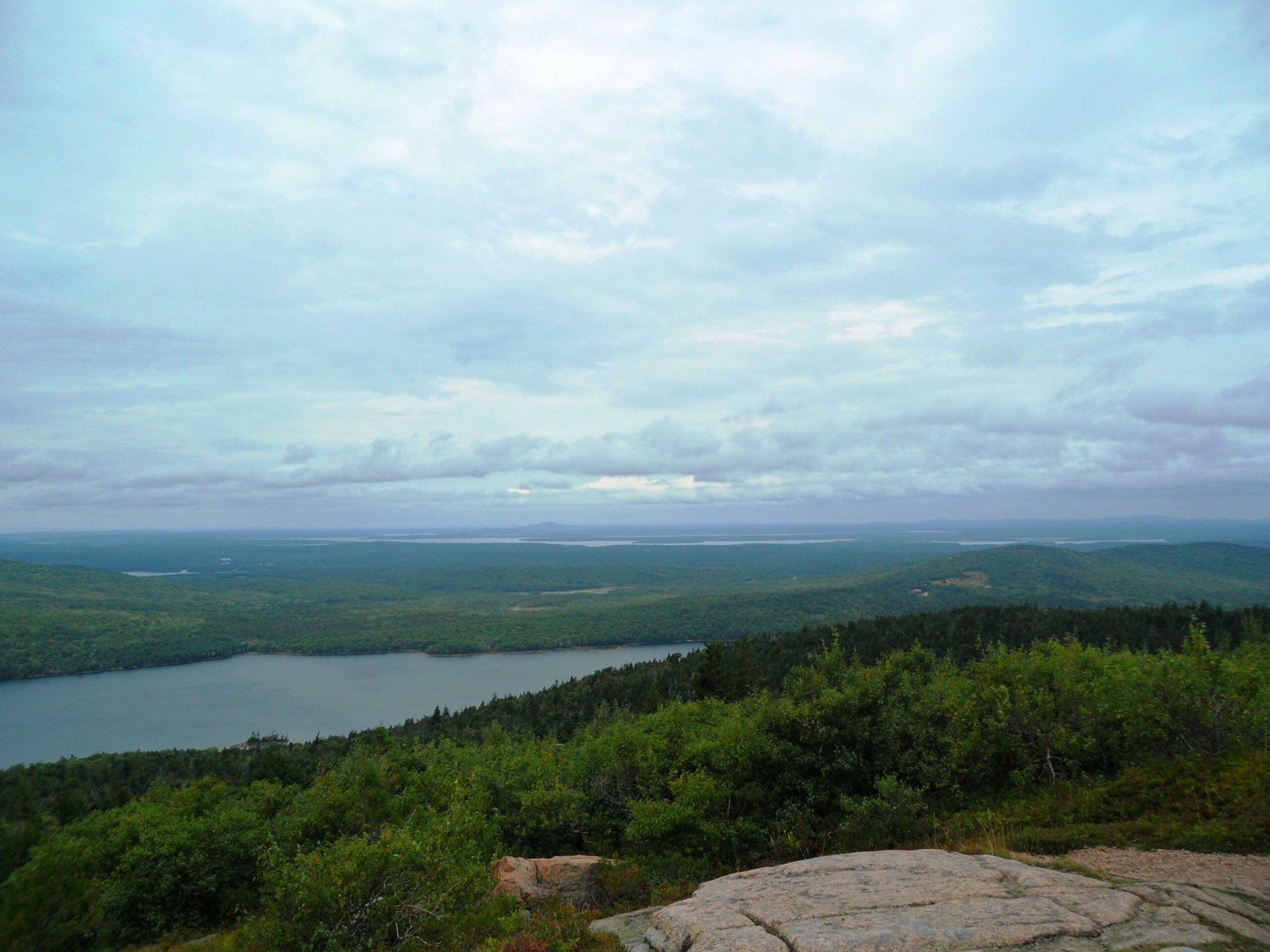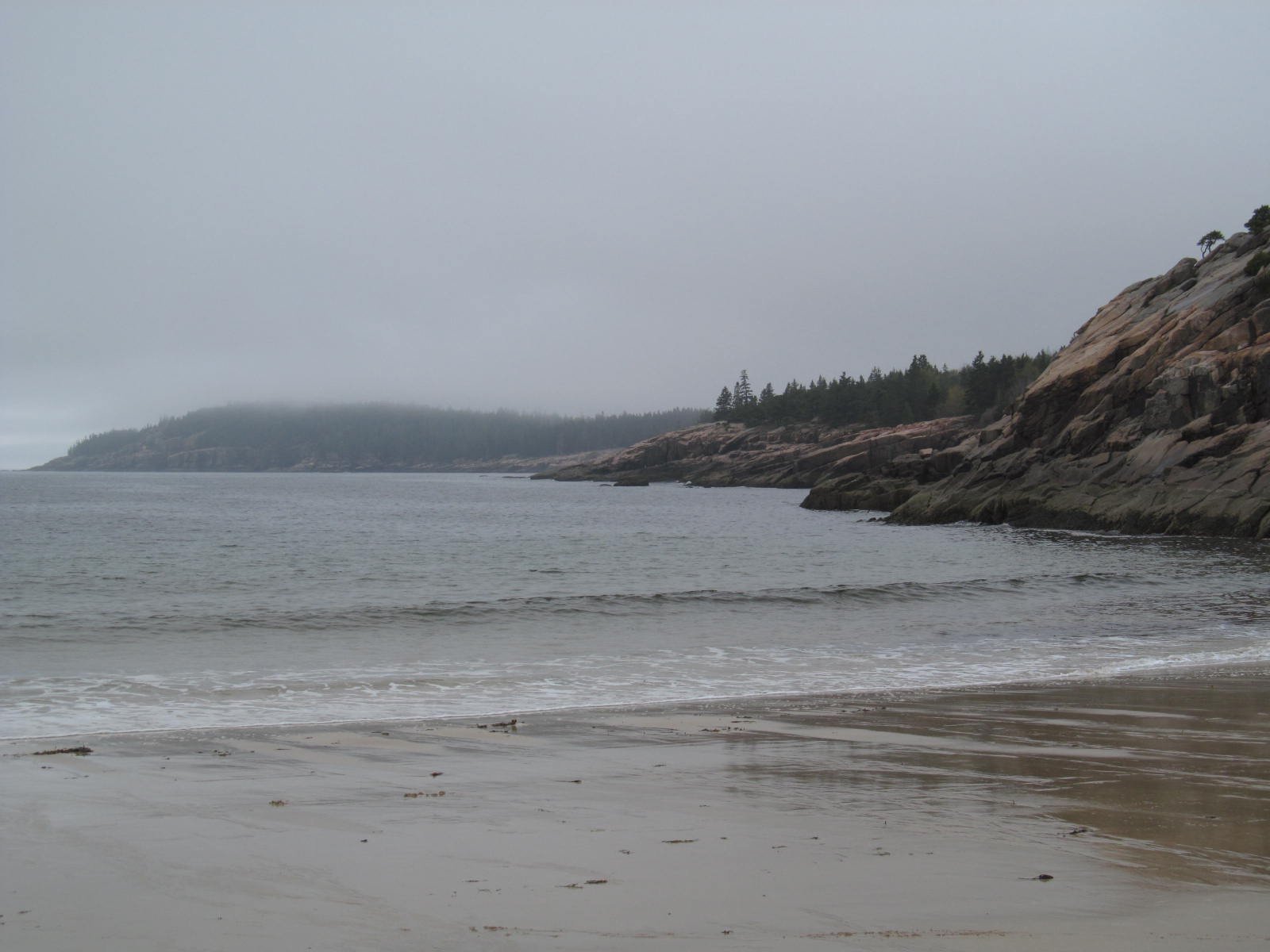Eagle Lake, the largest freshwater lake in Acadia National Park, covers 425 acres with a maximum depth of 110 feet. Surrounded by notable geological features like North and South Bubble Mountains and Cadillac Mountain, it offers scenic beauty and recreational opportunities. The lake is a popular spot for hiking, fishing, and wildlife viewing, with specific regulations in place to protect its ecosystem and water quality.
What Are the Key Features of Eagle Lake?

Eagle Lake stands out as a prominent natural landmark in Acadia National Park:
- Size: 425 acres, making it the largest freshwater lake in the park
- Depth: Maximum depth of 110 feet, with an average depth of 50 feet
- Surroundings: Encircled by picturesque mountains and a popular carriage road
- Geological Significance: Offers views of North and South Bubble Mountains and Cadillac Mountain
The lake’s size and location make it a focal point for various activities and natural observations within the park.
How Can Visitors Experience Eagle Lake?

Visitors to Eagle Lake have several options for enjoying its beauty and recreational offerings:
- Hiking: The Eagle Lake Trail, approximately 1.8 miles long, offers an easy to moderate hike with scenic views.
- Fishing: Permitted for landlocked salmon, brook trout, and lake trout with proper licensing.
- Boating: Allowed with restrictions on motor size and speed.
- Wildlife Viewing: Particularly good during autumn for bird watching and observing fall foliage.
Each activity provides a unique perspective on the lake and its surroundings, allowing visitors to immerse themselves in the natural beauty of Acadia National Park.
What Are the Fishing Regulations at Eagle Lake?
Fishing at Eagle Lake is a popular activity, but it comes with specific regulations:
| Regulation | Details |
|---|---|
| Permitted Species | Landlocked salmon, brook trout, lake trout |
| License Requirements | Maine Fishing License required for residents 16+ and nonresidents 12+ |
| Motor Restrictions | Motors over 10 horsepower prohibited |
| Speed Limit | Maximum boat speed of 10 mph |
| Prohibited Activities | Swimming, paddleboarding, oarboarding not allowed |
These regulations are in place to protect the lake’s ecosystem and maintain its role as a drinking water source for Bar Harbor.
What Makes the Eagle Lake Trail Unique?
The Eagle Lake Trail offers hikers a blend of natural beauty and moderate challenge:
- Length: 1.8 miles, making it a manageable hike for various skill levels
- Terrain: Relatively flat but with rough roots and rocks
- Views: Offers panoramic vistas of Eagle Lake and Conners Nubble
- Access Points: Can be reached from the Bubbles parking lot or north end of Bubble Pond
The trail’s diverse features make it a popular choice for visitors looking to experience the lake’s beauty up close.
When Is the Best Time to Visit Eagle Lake for Wildlife Viewing?
For nature enthusiasts and wildlife photographers, timing is crucial:
- Peak Season: Autumn is considered the best time for wildlife viewing, especially for bird watching
- Scenic Beauty: Fall also offers stunning views of changing foliage colors around the lake
- Observation Areas: The lake shore and surrounding carriage road provide excellent vantage points
Visitors planning their trip around wildlife viewing should aim for the autumn months to maximize their chances of memorable sightings.
How Accessible Is Eagle Lake for Visitors?
Eagle Lake strives to be accessible to a wide range of visitors:
- Boat Ramp: Paved, but with an incline that may exceed some accessibility standards
- Parking: Available on both sides of Route 233
- Facilities: Limited parking area with a restroom near the south side of the lake
- Trail Conditions: While relatively flat, the Eagle Lake Trail does have some challenging sections with roots and rocks
These features aim to make the lake accessible to as many visitors as possible, though some areas may present challenges for those with mobility issues.
What Are the Unique Geological Features Around Eagle Lake?
The area surrounding Eagle Lake boasts remarkable geological formations:
- North and South Bubble Mountains: Distinctive rounded peaks visible from the lake
- Cadillac Mountain: The highest point on the North Atlantic seaboard, offering panoramic views of the region
- Glacial Landscape: The lake itself is a product of glacial activity, carved out during the last ice age
These geological features not only provide a scenic backdrop but also offer insights into the region’s geological history.
How Does Eagle Lake Contribute to the Local Ecosystem?
Eagle Lake plays a vital role in Acadia National Park’s ecosystem:
- Water Source: Serves as a drinking water supply for Bar Harbor
- Habitat: Supports various fish species, including landlocked salmon and brook trout
- Bird Sanctuary: Attracts diverse bird species, especially during migration seasons
- Vegetation: Surrounded by rich forest ecosystems typical of the Maine coast
The lake’s ecological importance underscores the need for conservation efforts and visitor regulations to protect its delicate balance.
By exploring these facts about Eagle Lake in Acadia National Park, visitors can gain a deeper appreciation for this natural wonder and its significance within the park’s ecosystem. Whether hiking, fishing, or simply enjoying the scenery, Eagle Lake offers a quintessential Acadia experience that showcases the beauty and diversity of Maine’s coastal landscapes.
References:
1. https://www.acadia.ws/eagle-lake.htm
2. https://www.nps.gov/thingstodo/paddle-eagle-lake.htm
3. https://mainebyfoot.com/eagle-lake-trail-acadia-national-park/

